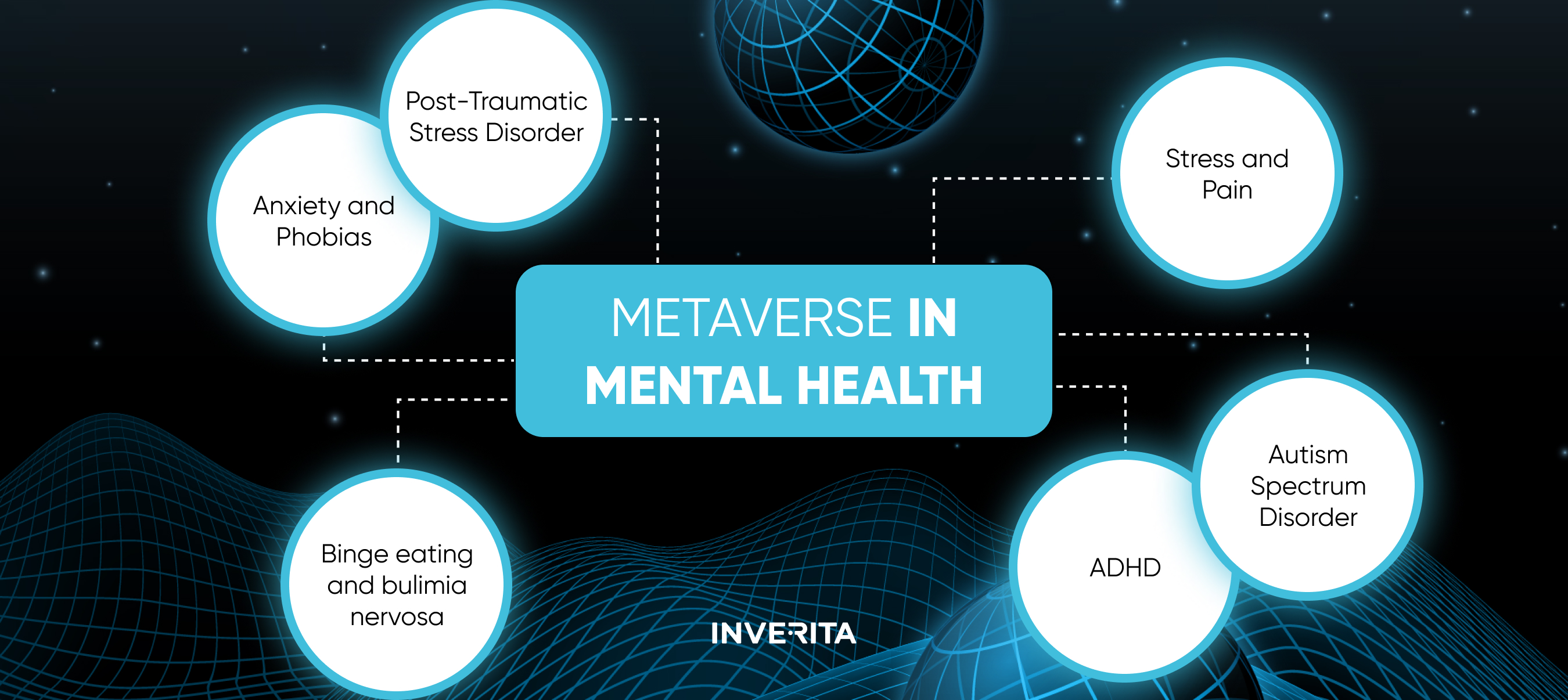Just imagine a virtual reality where people can live, work, shop, and receive treatment from the comfort of their homes. An advanced version of The Sims so to speak.
The term for this is metaverse, and despite the hype, it doesn’t currently exist. However as technological advancements continue to shape the landscape, the ongoing developments in augmented reality, virtual reality, and interconnected digital experiences drive the evolution of the metaverse concept.
Many believe that the metaverse is the next iteration of the internet. From regular online users, people can become active players taking part in different events, traversing new dimensions, and, finally, easily changing their surroundings.
Introduction to the Metaverse and Healthcare
Even though the technology is currently in its early stages of development, metaverse healthcare is already experiencing its impact. The appetite for metaverse in healthcare is growing for both providers and patients.
According to a recent survey on the metaverse, 66% of US business executives state that their companies are actively involved with the metaverse, with 82% anticipating it to become a standard part of business operations within the next three years.
As healthcare undergoes continuous transformation, the metaverse holds the potential to further transform the industry by offering a virtual environment that surpasses the limitations of conventional medical institutions, changing the way we administer and receive treatment and care.
Understanding the Metaverse
The term "metaverse" gained widespread recognition when Facebook rebranded itself as Meta in October 2021 and revealed intentions to invest a minimum of $10 billion in the concept that year. Google, Microsoft, Nvidia, and Qualcomm followed the trend by investing billions of dollars in the concept. Later, McKinsey predicted the metaverse economy to reach $5 trillion by 2030.
A short definition of metaverse would be a single, shared, and immersive 3D virtual space where people can experience life in a different to a physical world.
Nowadays, many companies use the term to describe various types of online environments. This encompasses video games like Fortnite, Meta’s Horizon Workrooms, virtual operating rooms, and much more.
The combination of several advanced technologies creates what we refer to as a metaverse. The key technologies are:











_1764586939-small.webp)
